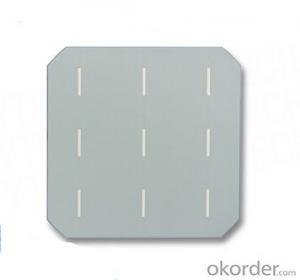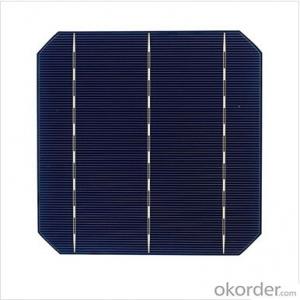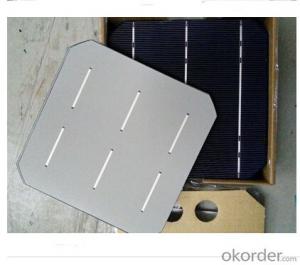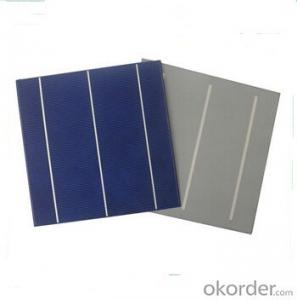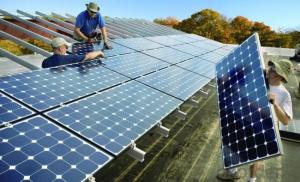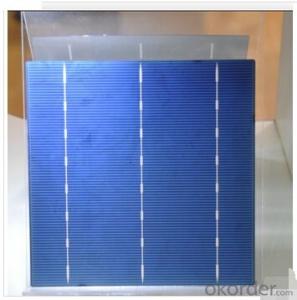Multilayer Solar Cells
Multilayer Solar Cells Related Searches
Except For Solar Cells Weegy Problems With Solar Cells High Power Solar Cells Light Trapping In Solar Cells High Performance Solar Cells High Output Solar Cells High Wattage Solar Cells Energy Transfer In Solar Cells High Efficiency Hvac Systems Recombination In Solar CellsHot Searches
Cheap Solar Cells For Sale Flexible Solar Cells For Sale Q Cells Solar Panels For Sale Printed Solar Cells For Sale Bulk Solar Cells For Sale 6x6 Solar Cells For Sale Broken Solar Cells For Sale Cpv Solar Cells For Sale Photoelectric Cells For Sale Price Of Silicon Solar Cells Price Of Solar Cells Over Time Buy Solar Cells From China Cheap Solar Cells China Best Type Of Solar Cells Flexible Solar Cells Price Q Cells Solar Panels Price 3 Types Of Solar Cells Production Of Solar Cells Common Types Of Solar Cells Q Cells Solar Panel PricesMultilayer Solar Cells Supplier & Manufacturer from China
Okorder.com is a professional Multilayer Solar Cells supplier & manufacturer, offers integrated one-stop services including real-time quoting and online cargo tracking. We are funded by CNBM Group, a Fortune 500 enterprise and the largest Multilayer Solar Cells firm in China.Hot Products
FAQ
- The working principle of solar cells includes the three processes
- The opposite of the electrical symbol of the photogenerated carriers in the solar cell pn junction built under the action of the electric field, the electron-hole pairs are separated, the electrons are concentrated on one side, the holes are concentrated on the other side, and the opposite sex charges are generated on both sides of the pn junction Of the accumulation, resulting in photogenerated electromotive force, that is, photovoltaic voltage.
- Solar cells perform exceptionally well in dry desert conditions. The intense sunlight and lack of humidity in desert environments create optimal conditions for the generation of solar energy. The absence of clouds and minimal air pollution allows solar cells to efficiently convert sunlight into electricity, resulting in higher energy output. Additionally, the heat in desert regions can increase the efficiency of solar cells, as their performance typically improves with higher temperatures. Therefore, solar cells are highly effective and efficient in dry desert conditions.
- Yes, solar cells can be used in healthcare facilities. They can be employed to generate electricity, which can power medical equipment, lighting, and other essential systems in healthcare facilities. Solar energy can help reduce reliance on the conventional power grid, providing a sustainable and cost-effective source of electricity for healthcare facilities, especially in remote or off-grid areas. Additionally, solar cells can contribute to reducing carbon emissions and promoting environmental sustainability in the healthcare sector.
- Yes, solar cells can be used in water pumps. Solar-powered water pumps are designed to convert sunlight into electricity, which can be used to power the pump and move water. This technology is particularly useful in areas with limited access to electricity or where grid power is unreliable. Solar-powered water pumps are efficient, environmentally friendly, and provide a sustainable solution for water pumping needs.
- Solar cells are less efficient in cloudy or overcast conditions compared to sunny days. The amount of sunlight reaching the cells is reduced, which reduces their ability to generate electricity. However, modern solar cell technology has improved to some extent, allowing them to still produce a certain amount of power even in cloudy conditions.
- Yes, solar cells can be affected by pollution. Air pollution, such as smog and particulate matter, can reduce the efficiency of solar cells by blocking sunlight and reducing the amount of light that reaches the cells. Additionally, pollutants can settle on the surface of solar panels, creating a layer that reduces their ability to generate electricity.
- Solar cells can be quite sensitive to vibrations and excessive movement can negatively impact their performance. High levels of vibration in an area can cause mechanical stress and potential damage to the solar cells, leading to decreased efficiency and potential failure. It is crucial to ensure proper installation and maintenance techniques to mitigate the effects of vibration and protect the solar cells from any harm.
- Yes, solar cells can be used in remote sensing applications. Solar cells are capable of converting sunlight into electrical energy, which can power various remote sensing instruments and devices. This enables the collection of data and information from remote areas where conventional power sources may not be readily available. Solar-powered remote sensing systems are widely used in applications such as weather monitoring, environmental monitoring, agriculture, and surveillance, among others.
















